However, to bring Vietnamese goods further in the next stage, businesses need to increase the green and digital content of their products, build their own brands and make the most of incentives from EVFTA.
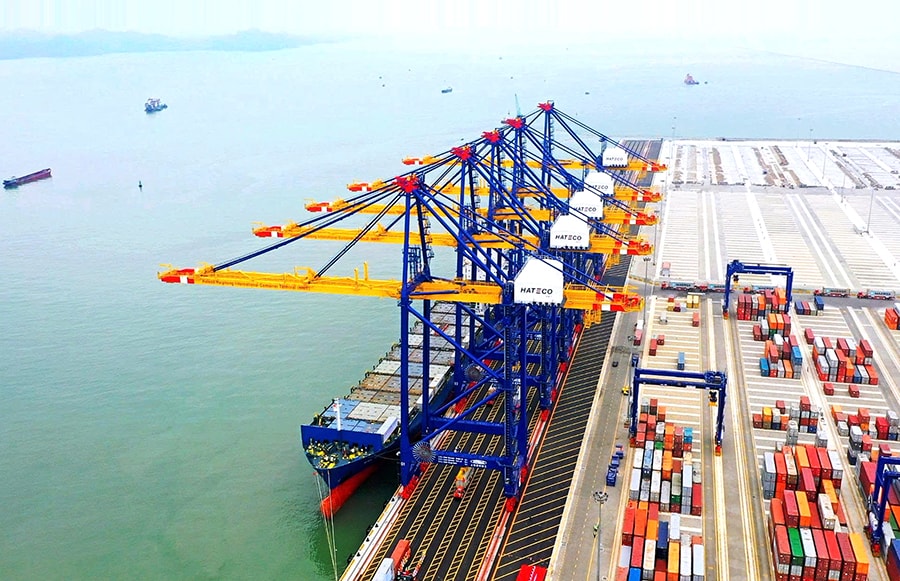
Vietnam has a trade surplus with the EU.
Effective from August 1, 2020, EVFTA is one of the first new-generation free trade agreements (FTAs) of Vietnam and also the first new-generation FTA that the European Union (EU) signed with a developing country in the Asia- Pacific region.
Statistics from the General Statistics Office show that in the first 6 months of 2025, Vietnam had a trade surplus with the EU of 19 billion USD, up 11.6%, while the total export value was 27.3 billion USD, up 10% over the same period last year; imports were 8.4 billion USD, up 6.5% over the same period last year. Statistics from the General Statistics Office show that in the first 6 months of 2025, Vietnam had a trade surplus with the EU of 19.0 billion USD, up 11.6%, of which Vietnam's exports to the EU reached 27.3 billion USD, up 10%, and imports were 8.4 billion USD, up 6.5% over the same period last year. These results have made Vietnam the EU's 17th largest trading partner, the 10th largest import partner and the largest in the Southeast Asian bloc.
Vietnamese Trade Counselor in Belgium and the EU Tran Ngoc Quan said that this result was achieved because the EVFTA's tax exemption roadmap began to take effect after 5 years of implementation. Along with that, the purchasing power of EU consumers has gradually improved, while Vietnamese goods do not compete directly with EU goods and are increasingly known and favored by local people. Notably, many key Vietnamese industries have made strong breakthroughs in the EU in the 2020-2024 period. Typically, during this period, fruit and vegetable exports to the EU increased by 65.5%; footwear increased by 52.4%; coffee exports increased by 120%, reaching 2.2 billion USD in 2024...
Director of the Import-Export Department ( Ministry of Industry and Trade ) Nguyen Anh Son assessed that after 5 years of implementation, EVFTA has brought positive results, expanding the market for Vietnam's key export industries, such as footwear, agricultural products, vegetables and fruits...; creating opportunities for domestic enterprises to access equipment, technology and high techniques, while helping Vietnam have conditions to further improve institutions, policies and laws towards transparency, in accordance with international practices. "Vietnamese enterprises have also gradually transformed production and standardized value chains to meet the EU's environmental requirements, especially regulations related to traceability", Mr. Nguyen Anh Son commented.
Increasing green content and creativity for Vietnamese products
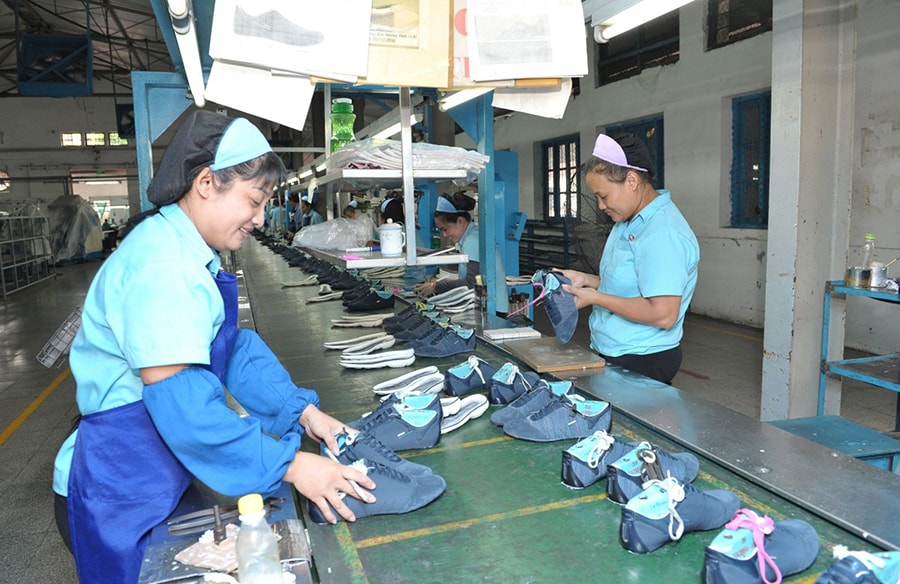
The EU market area with 500 million people, the import demand is up to 2,500 billion USD of goods each year. However, according to the Director of the Import-Export Department (Ministry of Industry and Trade) Nguyen Anh Son, this does not mean it is easy to increase exports and enjoy incentives according to commitments, if businesses do not carefully research, comply and invest in increasing the content of Vietnamese origin in exported products.
In reality, taking advantage of EVFTA in some industries still faces many challenges. Many textile and footwear enterprises are not eligible for tax incentives because they have not met the intra-bloc rules on raw materials. Notably, wood exports have recorded a significant decline due to strict requirements on the legal origin of raw materials, not causing deforestation and forest degradation. Therefore, Vietnamese Trade Counselor in Belgium and the EU Tran Ngoc Quan said that enterprises need to ensure that Vietnamese goods are produced and exported in a systematic manner, in good compliance with EU regulations, especially on quality, product safety, and traceability.
To overcome these barriers, Director of DACE Agricultural Development and Environmental Consulting Company Limited (Hanoi) Tran Van Hieu hopes that localities will plan agricultural growing areas to ensure the quality of raw materials and supply chains, prove the origin along with policies for sustainable growing areas. Enterprises also want to be supported to access markets and distribution systems in the EU more deeply, in order to create output for products.
Faced with many new challenges, Associate Professor Dr. Nguyen Thuong Lang (National Economics University) said that businesses need to continue to grasp incentives to be able to take advantage of more benefits from EVFTA. Trade offices, industry associations and trade promotion agencies must become a smooth "bridge", helping businesses connect with European and international partners. In the long term, Vietnamese trade must be "enriched" with green content, digital content, innovation and sustainability standards... to open new doors for Vietnamese goods in the EU market.
Director of the Import-Export Department (Ministry of Industry and Trade) Nguyen Anh Son recommended that compliance with the strict regulations and standards of the EU market is an opportunity for Vietnamese enterprises to improve their position in the international arena. EVFTA has opened a big door, but to penetrate and stand firmly in this market, enterprises need to proactively improve product quality, standardize production processes and especially build their own brands, creating a distinctive mark. When meeting the expectations of European consumers, enterprises will not only maintain their current market share but also have the opportunity to expand to other countries where consumption potential is still very large.
Source: https://hanoimoi.vn/sau-5-nam-thuc-thi-evfta-rong-cua-dua-hang-viet-vuon-xa-711597.html



![[Photo] General Secretary To Lam visits Long Thanh International Airport Project](https://vphoto.vietnam.vn/thumb/1200x675/vietnam/resource/IMAGE/2025/11/13/1763008564398_vna-potal-tong-bi-thu-to-lam-tham-du-an-cang-hang-khong-quoc-te-long-thanh-8404600-1261-jpg.webp)


![[Photo] The "scars" of Da Nang's mountains and forests after storms and floods](https://vphoto.vietnam.vn/thumb/1200x675/vietnam/resource/IMAGE/2025/11/13/1762996564834_sl8-jpg.webp)



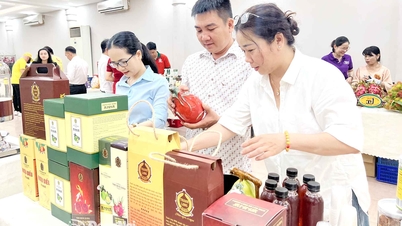







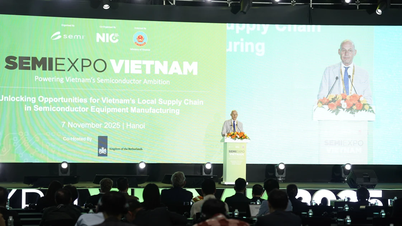


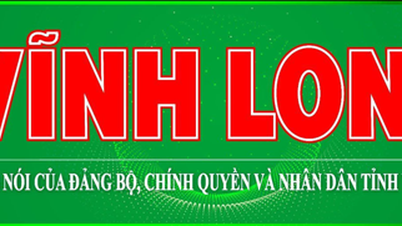





![[Infographic] Main development goals and targets for the 5-year period 2026-2030](https://vphoto.vietnam.vn/thumb/402x226/vietnam/resource/IMAGE/2025/11/13/1763013984385_cdn-nhandan-vn-images-22f099ca8bc7ae81aa2a8d3416a84bf8267bcc4f3a0ec01ee7b087ca4f1e19412ad321b4a75a62c5b1a9229f3bdfa20548b9382a8c3d1e37736b78a1be2bbad7-_1763006939481-1.jpeg)






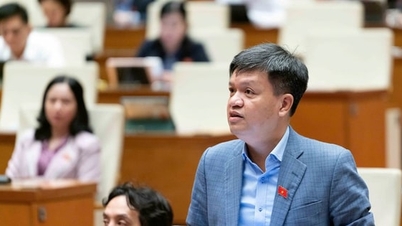

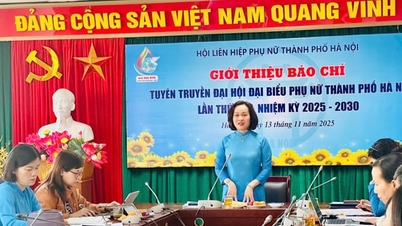


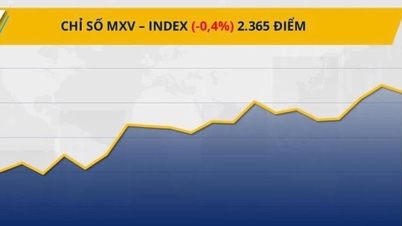
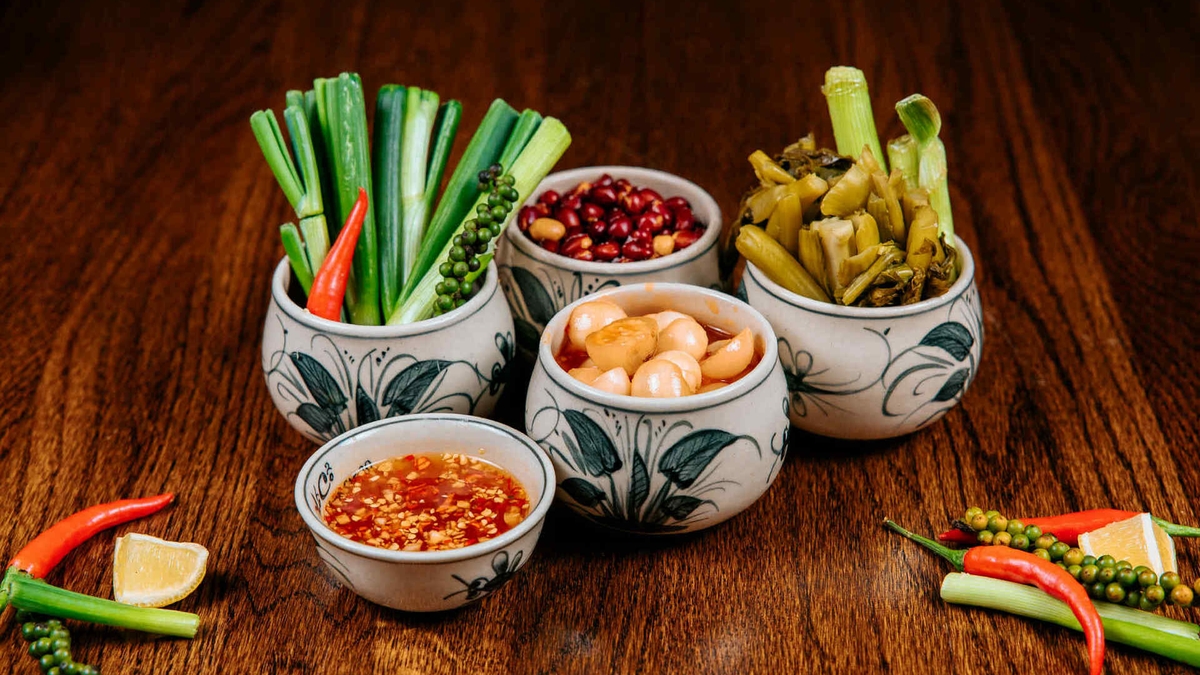










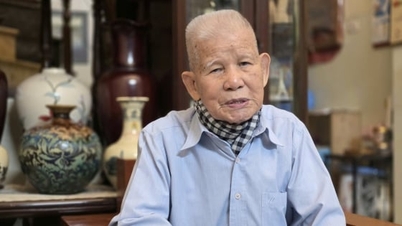















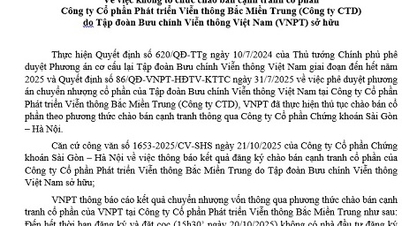
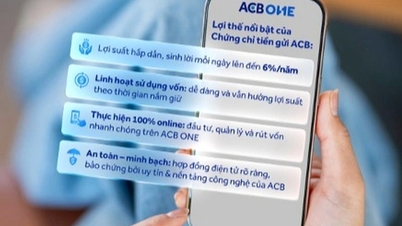






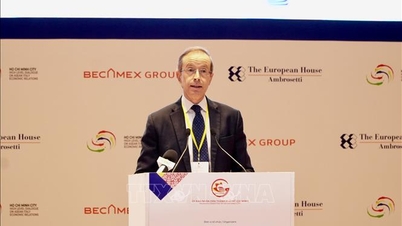








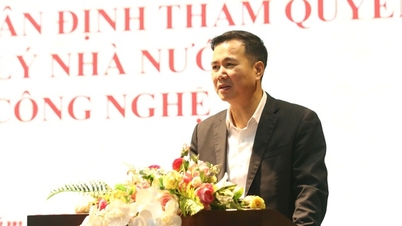

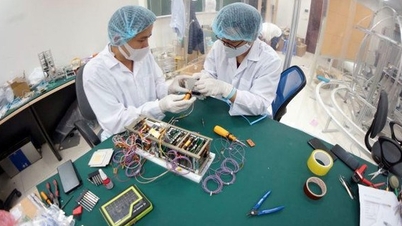


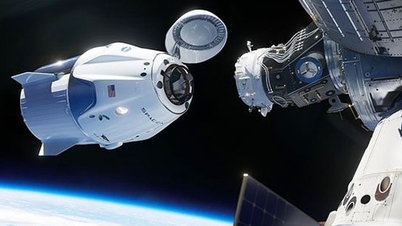
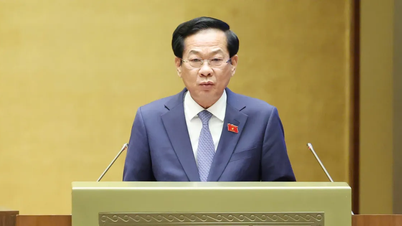



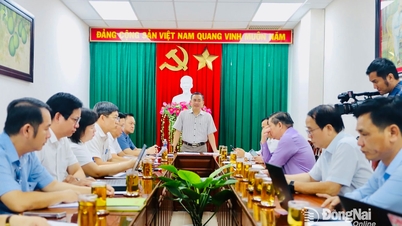


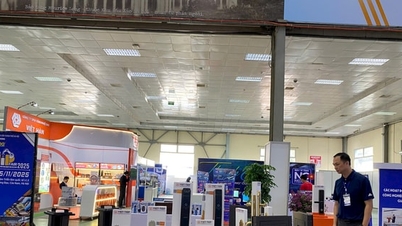

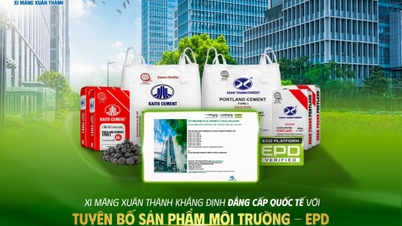
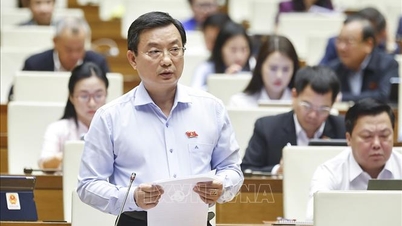
![Dong Nai OCOP transition: [Article 3] Linking tourism with OCOP product consumption](https://vphoto.vietnam.vn/thumb/402x226/vietnam/resource/IMAGE/2025/11/10/1762739199309_1324-2740-7_n-162543_981.jpeg)







Comment (0)